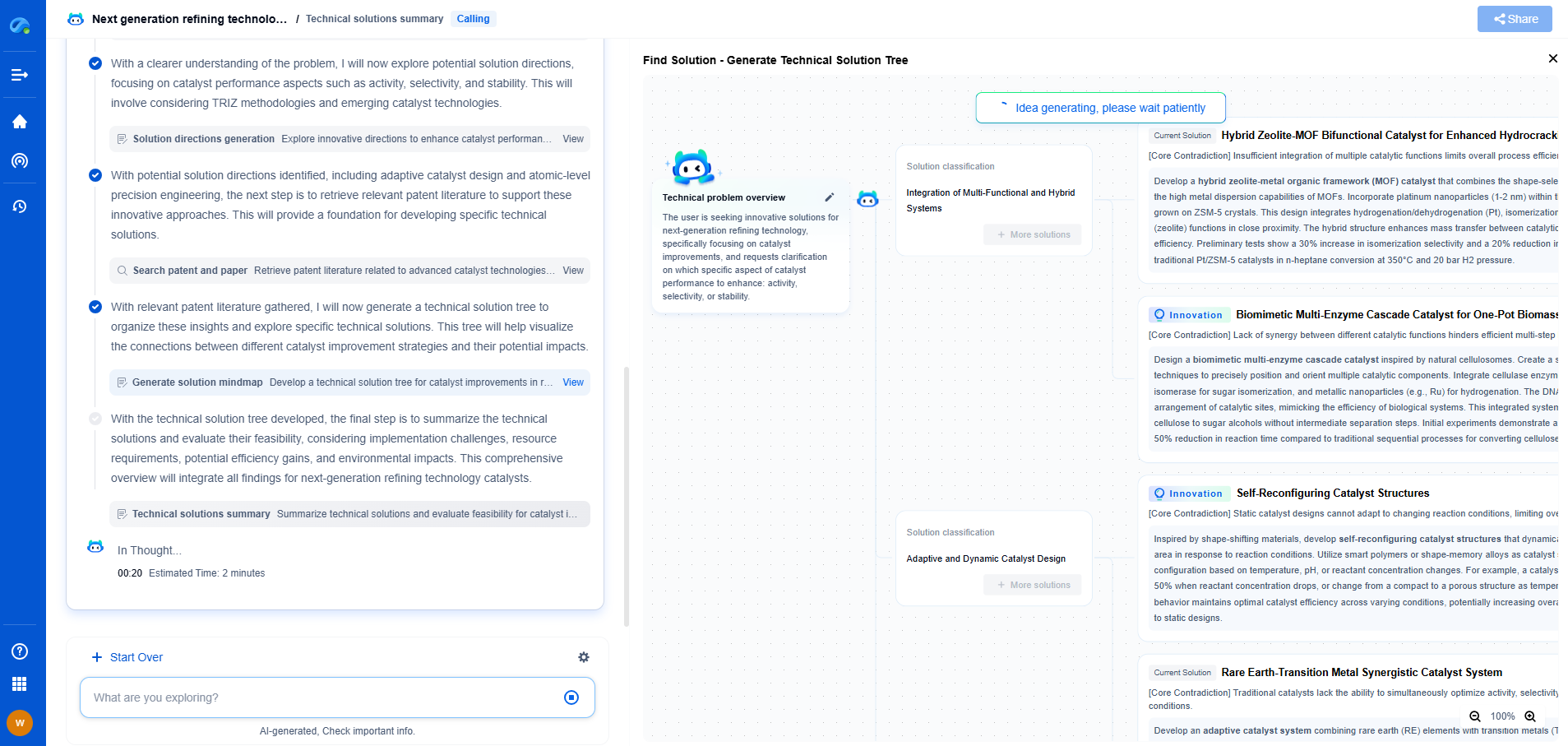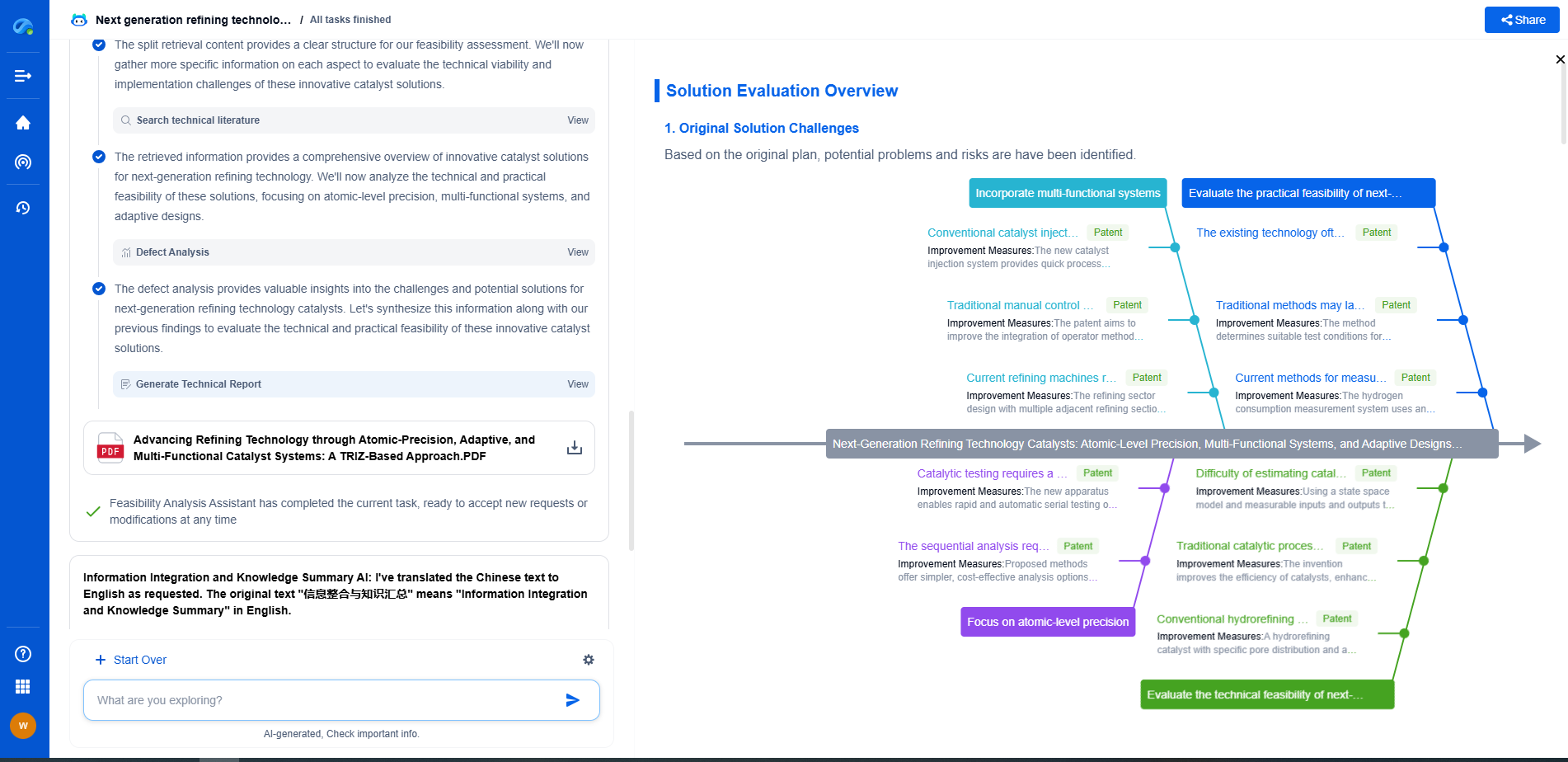How Backlash Affects Precision in CNC Machine Tending Robots
JUN 26, 2025 |
Backlash in CNC machines refers to the small amount of lost motion or slack in the machine's components, particularly within the drive train. This occurs due to gaps between the mechanical parts, such as gears or lead screws, which can lead to inaccuracies in the movement and positioning of the machine. In precision-based industries, particularly those employing CNC machine tending robots, even minimal backlash can result in significant deviations from desired outcomes. Understanding the causes and effects of backlash is crucial for optimizing performance and achieving precision in CNC operations.
Impact of Backlash on CNC Machine Tending Robots
CNC machine tending robots are designed to automate the loading and unloading of workpieces in machining centers, enhancing productivity and consistency. However, backlash can severely undermine these benefits. When a robot arm is tasked with handling parts in a CNC machine, precision in movement and positioning is paramount. Backlash affects this precision by introducing errors in the robot's ability to accurately position the workpiece. This can lead to defects, increased waste, and potentially costly rework or scrap.
In a CNC setup, the robot must synchronize perfectly with the machine's operations. If backlash is present, the robot may inadvertently introduce errors during material handling. For example, if the robot's grip or release timing is off due to backlash, it could mishandle the part, causing damage or misalignment. This not only affects the immediate operation but can also have a cascading effect on subsequent processes.
Minimizing Backlash in CNC Operations
To maintain high precision in CNC machining and robotic tending, minimizing backlash is essential. One effective approach is to use high-quality components with tighter tolerances. Advanced gear systems, such as those utilizing helical or worm gears, can significantly reduce the gaps between parts. Additionally, incorporating ball screws instead of trapezoidal screws can enhance accuracy due to their reduced friction and tighter clearances.
Proper maintenance and regular calibration of CNC machines and robotic systems are also critical. Over time, wear and tear can exacerbate backlash issues, so routine checks can help identify and address such problems early. Implementing software compensation techniques is another strategy, where control systems are programmed to anticipate and correct the inaccuracies caused by backlash.
The Role of Software in Compensating for Backlash
Advanced CNC and robotic systems often employ sophisticated software algorithms to mitigate the effects of backlash. These algorithms can predict the amount of lost motion and adjust the machine's movements accordingly, ensuring that the desired position is achieved despite mechanical slack. This predictive compensation is crucial for maintaining precision, especially in complex and high-speed operations.
Furthermore, machine learning and AI technologies are increasingly being integrated into CNC systems. These technologies can analyze vast amounts of data from machine operations to detect patterns and predict when backlash is likely to occur. By doing so, they enable preemptive adjustments, further enhancing precision and reliability.
The Future of CNC Precision with Advanced Technologies
As industries continue to demand higher precision and efficiency, the evolution of CNC technology and machine tending robots will play a pivotal role. Innovations such as real-time monitoring, predictive maintenance, and adaptive control systems are set to revolutionize the way backlash is managed. These advancements will not only improve the precision of CNC operations but also extend the lifespan of the machinery by reducing wear and tear.
In conclusion, understanding and addressing backlash is crucial for optimizing the performance of CNC machine tending robots. By leveraging high-quality components, regular maintenance, software compensation, and advanced technologies, manufacturers can significantly enhance the precision and reliability of their operations. As CNC technology continues to advance, the challenges posed by backlash are likely to diminish, paving the way for even greater achievements in manufacturing precision.
Ready to Redefine Your Robotics R&D Workflow?
Whether you're designing next-generation robotic arms, optimizing manipulator kinematics, or mining patent data for innovation insights, Patsnap Eureka, our cutting-edge AI assistant, is built for R&D and IP professionals in high-tech industries, is built to accelerate every step of your journey.
No more getting buried in thousands of documents or wasting time on repetitive technical analysis. Our AI Agent helps R&D and IP teams in high-tech enterprises save hundreds of hours, reduce risk of oversight, and move from concept to prototype faster than ever before.
👉 Experience how AI can revolutionize your robotics innovation cycle. Explore Patsnap Eureka today and see the difference.
- R&D
- Intellectual Property
- Life Sciences
- Materials
- Tech Scout
- Unparalleled Data Quality
- Higher Quality Content
- 60% Fewer Hallucinations
Browse by: Latest US Patents, China's latest patents, Technical Efficacy Thesaurus, Application Domain, Technology Topic, Popular Technical Reports.
© 2025 PatSnap. All rights reserved.Legal|Privacy policy|Modern Slavery Act Transparency Statement|Sitemap|About US| Contact US: help@patsnap.com

